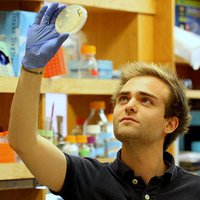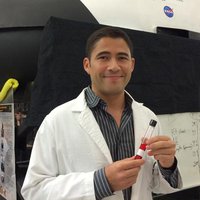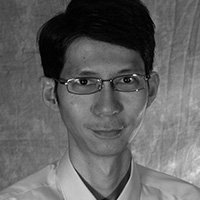Biotechnology & medicine
Michelle O’Malley
Understanding a tricky kind of single-cell creature could help reduce the cost of biofuels.

Global
Elizabeth Mormino
A telltale protein seen in people’s brains before they have Alzheimer’s could offer a clue about possible treatments.

Europe
Xavier Duportet
Development of intelligent antibiotics that kill specific bacteria based on the code they carry in their genome

Latin America
Luis Zea
He sends bacteria to outer space and later uses them in experiments designed to create new drugs

Asia Pacific
Ying Yeung Yeung
Asymmetric Reaction For Drug Synthesis
